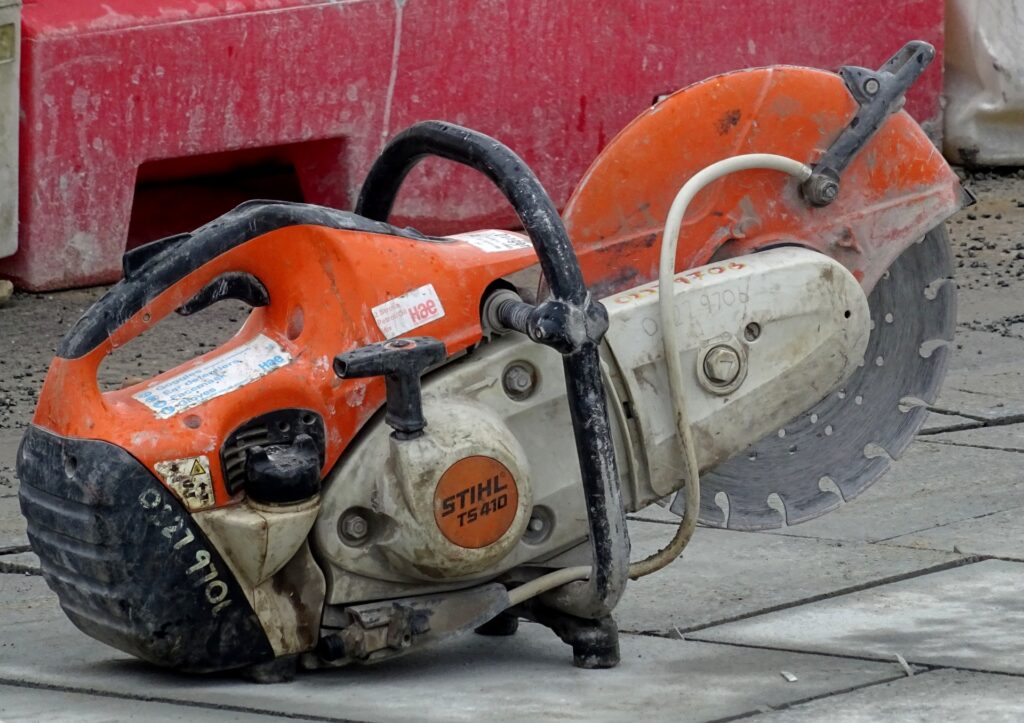Crystalline Silica Dust Exposure
Crystalline silica is a common mineral found in materials such as rocks, sand, and concrete. When workers cut, crush, grind, or drill these materials, they create a fine dust that can contain tiny particles of crystalline silica. Inhaling this dust can lead to serious health issues. According to OSHA, an estimated 2.3 million people in the U.S. are exposed to silica at work every year.
Only recently has more focus been placed on the dangers of silica dust in the workplace. In 2016 OSHA passed its guidance for respirable crystalline silica and is now a requirement for all applicable industries as of 2023.
Silica Dust Hazards
- Respiratory Problems: Inhaling crystalline silica dust can lead to lung diseases, such as silicosis, chronic obstructive pulmonary disease (COPD), and lung cancer. These respiratory conditions can be debilitating and/or fatal.
- Skin and Eye Irritation: Exposure to crystalline silica dust can cause skin and eye irritation.
- Damage to Internal Organs: Inhaling crystalline silica dust can also cause damage to internal organs, causing kidney disease.
Control Methods/Best Practices
The most effective method of controlling silica dust exposure is to eliminate the potential for exposure alltogether. Oftentimes this isn’t feasable but there are a number of practices that can and should be used if silica containing materials are crucial to the work. It is important to follow the heiarchy of controls when addressing silica dust exposure.
The Occupational Safety and Health Administration (OSHA) permissible exposure limit for respirable silica (PEL) is 50 μg/m3, averaged over an 8-hour work day.
-
Engineering Controls: Implement engineering controls to minimize dust generation, such as using wet cutting methods, dust suppression systems, or increasing ventilation. In some cases, engineering controls can be just as effective as eliminating the hazard altogether.
-
Administrative Controls: Implement administrative controls to reduce the time workers spend around dust-generating activities, such as rotating workers, using shift work to minimize dust exposure, and performing air sampling to ensure workers do not exceed OSHA’s PEL.
-
Personal Protective Equipment (PPE): Provide appropriate PPE, such as respiratory protection and protective clothing, to reduce the exposure of workers to crystalline silica dust.
-
Training: Provide training to workers on the dangers of crystalline silica dust exposure, safe work practices, and the proper use of PPE.
-
An unsafe work practice that is often seen is “dry sweeping”. This is a bad practice in which workers trying to remove silica dust from the work area will use a broom to sweep up silica dust without wetting in down and/or using a HEPA vaccum. This leads to dangerous silica dust being kicked up and exposed to, the worker sweeping, and others in the area.
-
Sources
https://www.osha.gov/silica-crystalline
